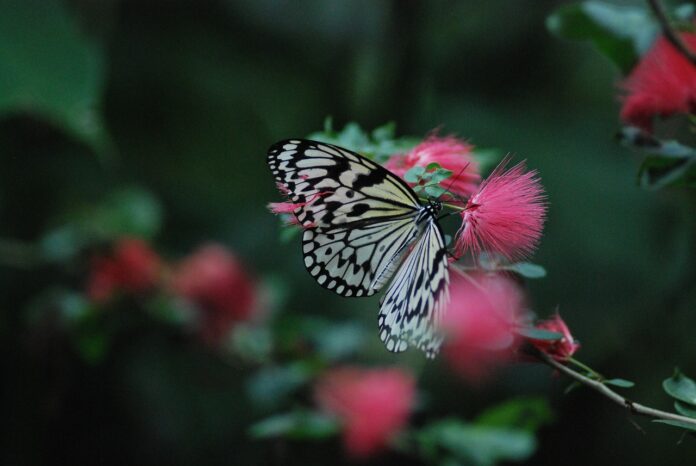Introduction to Ainmelee on Dafen
Ainmelee, an intricate art form rooted deeply in cultural traditions, has garnered significant attention in the global art community. Dafen, a village known for its mass production of art, especially oil paintings, plays a pivotal role in the proliferation of Ainmelee. The fusion of Ainmelee with the artistic endeavors of Dafen creates a unique intersection of culture, tradition, and modernity, making it a subject worthy of in-depth exploration.
Historical Context: The Origins of Ainmelee
Ainmelee, though lesser-known in mainstream art discussions, is steeped in rich history. Originating from ancient traditions, Ainmelee embodies a distinct style that reflects the spiritual and philosophical beliefs of its creators. The intricate designs and patterns seen in Ainmelee artworks are not just for aesthetic purposes but carry deep symbolic meanings that have been passed down through generations.
The Evolution of Ainmelee
Over the centuries, Ainmelee has evolved, influenced by various cultural exchanges and the migration of artisans. This evolution is evident in the diversification of styles, techniques, and motifs within Ainmelee. Today, Ainmelee is recognized not only for its historical significance but also for its adaptability to contemporary artistic expressions.
Dafen: The Art Production Hub
Dafen Village, located in Shenzhen, China, is internationally renowned for its vast production of replica oil paintings. However, Dafen is more than just a hub for replication; it is a melting pot of artistic innovation and cultural preservation. The village’s ability to produce high-quality art at scale has made it a crucial player in the global art market.
The Role of Dafen in Promoting Ainmelee
Dafen’s contribution to the promotion of Ainmelee cannot be overstated. The village’s artisans, known for their skill and precision, have embraced Ainmelee, incorporating its unique elements into their work. This collaboration has resulted in a resurgence of interest in Ainmelee, both within and outside of China.
Artistic Techniques and Styles in Ainmelee
Ainmelee is characterized by its intricate patterns, often inspired by natural elements such as flowers, leaves, and celestial bodies. The use of vibrant colors and detailed brushwork are hallmarks of Ainmelee, setting it apart from other art forms.
Traditional Techniques
Traditional Ainmelee techniques involve meticulous planning and execution. Each design is carefully crafted, with artists spending hours perfecting the symmetry and flow of their work. The use of natural dyes and pigments adds to the authenticity and richness of Ainmelee artworks.
Modern Interpretations
In recent years, Ainmelee has seen a resurgence in popularity, leading to modern reinterpretations of the traditional art form. Contemporary artists have begun experimenting with new materials and techniques, blending Ainmelee’s classic motifs with modern aesthetics. This fusion has resulted in a dynamic and evolving art form that continues to captivate audiences.
Cultural Significance of Ainmelee on Dafen
The integration of Ainmelee into Dafen’s artistic landscape is more than just a commercial endeavor; it is a cultural exchange that highlights the importance of preserving and promoting traditional art forms in a rapidly modernizing world.
A Symbol of Cultural Heritage
Ainmelee, as practiced in Dafen, serves as a symbol of cultural heritage. It represents the preservation of ancient traditions while simultaneously embracing modernity. This duality is what makes Ainmelee on Dafen a unique and valuable cultural artifact.
Global Influence and Recognition
As Ainmelee gains recognition on the global stage, its influence extends beyond the borders of China. The art form has found new audiences across the world, with collectors and art enthusiasts appreciating the intricate craftsmanship and deep cultural significance of Ainmelee artworks.
Economic Impact of Ainmelee on Dafen
The production and sale of Ainmelee artworks in Dafen have significant economic implications. The demand for authentic, high-quality art has led to the creation of numerous job opportunities within the village, contributing to its economic growth.
The Art Market and Ainmelee
Ainmelee’s entry into the global art market has been met with enthusiasm. The uniqueness of the art form, combined with Dafen’s reputation for quality, has made Ainmelee artworks highly sought after. This demand has not only boosted the local economy but also enhanced the village’s status as a leading art production center.
Sustainability and Future Prospects
As Ainmelee continues to grow in popularity, there is a pressing need to ensure the sustainability of this art form. Efforts are being made to train new generations of artists in Ainmelee techniques, ensuring that the tradition lives on. Additionally, the incorporation of sustainable practices in the production of Ainmelee artworks is being prioritized to preserve both the art form and the environment.
Conclusion: The Enduring Legacy of Ainmelee on Dafen
Ainmelee on Dafen represents a harmonious blend of tradition and innovation. It is a testament to the enduring power of cultural heritage and its ability to adapt and thrive in the modern world. As Ainmelee continues to evolve, it will undoubtedly leave a lasting impact on the global art community, solidifying its place as a cherished and respected art form.
The future of Ainmelee on Dafen is bright, with endless possibilities for growth and exploration. As we look to the future, it is essential to continue supporting and promoting this unique art form, ensuring that its rich history and cultural significance are preserved for generations to come.




